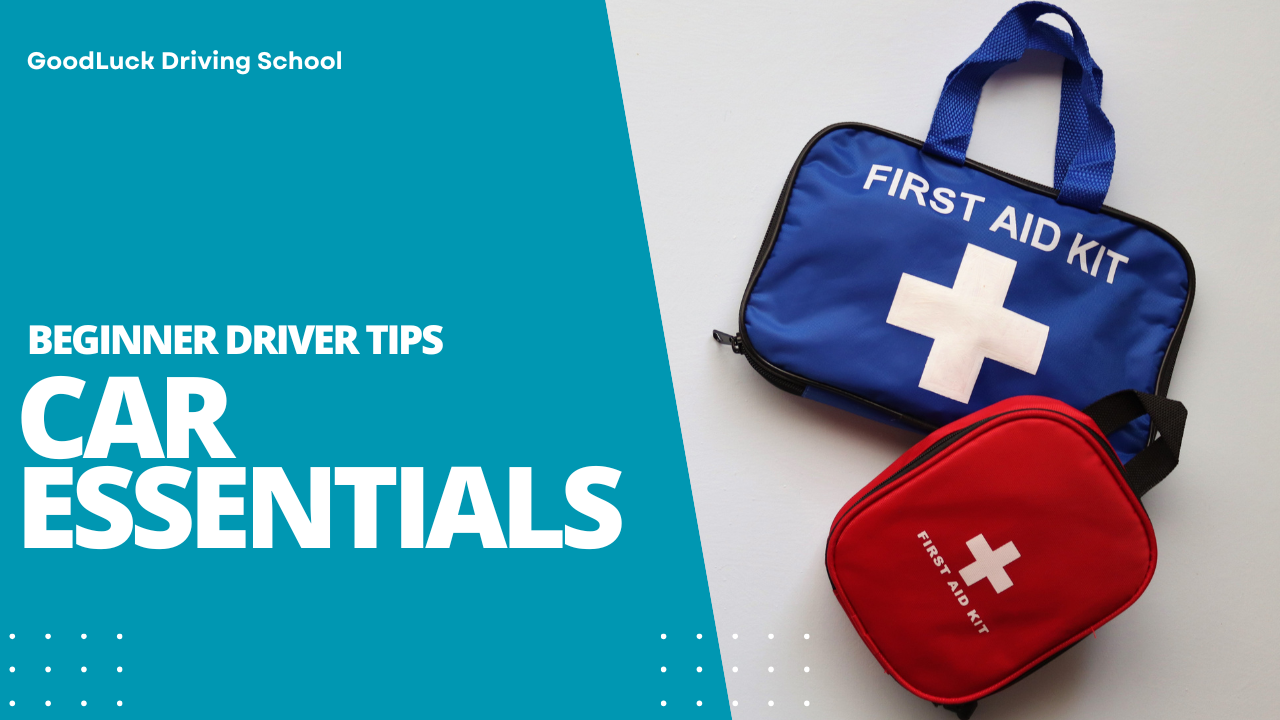
Basics of Car Gears: A Guide for Learner Drivers
Learning how to properly use car gears is a must for new drivers in the UK.
Let us break down how car gears work, when to use them, and how to switch gears smoothly.
It’s the kind of practical knowledge that helps you pass your driving test with confidence.
You can better control your car, save on fuel, and make your engine and transmission last longer.
It’s a win-win for both your driving skills and your car!
What Are Gears and How Do They Work
Gears in a car are very important for driving. They help move power from the engine to the wheels. This is done through the driveshaft under the car.
Learning about gears is key for driving a manual car. It’s one of the first things you learn in driving lessons.
The gearbox has different gears that change the power and speed. It connects the engine to the wheels.
Changing gears means adjusting how the engine and wheels work together. This is important for different speeds.
Components of a Gearbox System
A manual transmission system involves several key components working together:
- Clutch assembly and pedal: The clutch lets you change gears without damage
- Shafts and gears: These parts move power from the engine
- Selectors and synchronisers: They help engage the right gear
The engine sends power to the wheels through a shaft connected to the gearbox.
When you press the clutch pedal, it disconnects the shaft from the engine, so you can switch gears easily.
Gear Power and Speed Relationships
Gears are fundamentally about control and power management.
Lower gears provide more power but less speed, while higher gears offer less power but greater speed.
Think of the gears like this:
- 1st gear: Like a “Sumo Wrestler” provides a lot of power but slow speed.
- 2nd gear: Similar to a shot putter – less power than first but faster.
- 3rd gear and beyond: As you go up, you get more speed but less power.
This relationship between power and speed is why you start in first gear and progressively move up as your speed increases, finding the optimal balance for your driving conditions.
The Standard Gear Pattern in UK Cars
Understanding the gear pattern is essential for confident driving.
Most manual cars in the UK use a standard H-pattern gear arrangement that’s consistent across vehicles, with only the position of the reverse gear varying between models.
The H-Pattern Explained
In the standard H-pattern configuration:

- First gear is at the top left
- Second gear is below first
- Third gear is at the top center
- Fourth gear is below third
- Fifth gear is at the top right
- Sixth gear (if there is one) is below fifth
When the car is in neutral, the gear stick naturally sits in the middle position between the third and fourth gears.
From this neutral position, you can access any gear: push up for third, pull down for fourth, push left and up for first, push left and down for second, push right and up for fifth, and push right and down for sixth.
Neutral and Reverse Positions
The neutral gear plays an important role when driving a manual car.
In neutral gears, the engine remains separate from the wheels even if the clutch is not pressed.
This is useful when waiting at traffic lights or restarting the engine after stalling.
The location of the reverse gear depends on the car model. In some cars, it’s located to the far left and down (beyond first gear), while in others, it might be to the far right.
To avoid accidentally switching to reverse, some cars require you to press down the gear lever or lift a collar before engaging it.
How to Change Gears Properly
Changing gears smoothly requires coordination between your hands and feet. Following these steps will help you master this essential skill:
- Prepare for the gear change: Take your foot off the accelerator when you need to change gear
- Press the clutch pedal fully down: This disconnects the engine from the gearbox
- Move the gear lever to the desired gear: Using the H-pattern, smoothly move the lever
- Slowly release the clutch pedal: This gradually reconnects the engine with the gearbox
- Apply gentle pressure to the accelerator: Once the clutch is fully released
The process is the same regardless of which gear you’re changing to – always remove your foot from the accelerator, depress the clutch, change gear, release the clutch, and then reapply the accelerator.
Common Mistakes to Avoid
Even experienced drivers occasionally make mistakes when changing gears. Here are some common errors to avoid:
- Riding the clutch: Keeping your foot partially on the clutch pedal causes unnecessary wear
- Not fully depressing the clutch: This can cause grinding gears and damage the transmission
- Clutch quick release: This can cause the car to jerk or stall
- Looking at the gear lever while driving: Always keep your eyes on the road
With practice, changing gears will become second nature, allowing you to focus on other aspects of driving safely.
When to Change Gears
Knowing when to change gears is just as important as knowing how they work.

You’ll learn to sense when to shift gears as you gain more experience, even though there are some basic speed guidelines are in place.
Speed Guidelines for Gear Selection
Here are approximate speed guidelines for each gear in most cars:
- 1st gear: From stationary to approximately 10 mph
- 2nd gear: 10-20 mph
- 3rd gear: 20-30 mph
- 4th gear: 30-40 mph
- 5th gear: 40+ mph
- 6th gear (if available): 50+ mph, typically for highway cruising
A simple trick you can follow is to imagine a zero in front of your gear number to determine the appropriate speed range.
For example, 2nd gear works well for speeds of 20-29 mph, while 3rd gear is suitable for 30-39 mph.
Situational Gear Selection
The appropriate gear also depends on driving conditions beyond just speed:
- Long stretches of road: If you’re maintaining a consistent speed of 30 mph on a long, clear road, 4th gear might be appropriate for better fuel efficiency
- Approaching obstacles: If you see traffic lights, pedestrian crossings, or bends ahead, staying in 3rd gear gives you better control and responsiveness
- Uphill driving: You might need a lower gear to provide more power
- Downhill driving: A lower gear can help control speed through engine braking.
Modern cars often have a gear shift indicator on the dashboard that suggests when to change gears for optimal fuel efficiency, which can be particularly helpful for new drivers.
Different Types of Gearboxes
While we are focusing primarily on manual transmission, it’s important to learn the different types of gearboxes available in modern vehicles:
Manual Gearboxes
The traditional manual gearbox requires the driver to change gears using a clutch pedal and gear lever.
This gives complete control over gear selection and is still the most common type for car beginners prefer in the UK.
Semi-Automatic Gearboxes
Semi-automatic gearboxes offer the mix functionality of both manual and automatic driving.
Drivers can choose to change gears manually (usually via paddle shifters or the gear lever) or let the car change gears automatically.
5-Speed vs. 6-Speed Gearboxes
Many modern cars come with six-speed gearboxes instead of the traditional five-speed.
The main difference is that the gear ratios in a 6-speed gearbox are usually closer together. This makes the car more fuel-efficient by keeping the engine at the best RPM.
The extra gear is for driving on the highway. This helps save fuel at high speed.
Mastering Gear Changes: Tips for the Driving Test
During your driving test, the examiner will check your ability to use gears properly according to the conditions.
The examiner wants to see you change the gear with confidence while maintaining control of the car at different speeds and driving conditions.
What Do Examiners Look for While Driving?
Examiners specifically watch for:
- Appropriate gear selection: Using the right gear for your speed and road conditions
- Smooth gear changes: Changing gears without excessive engine noise or vehicle jerking
- Control maintenance: Keeping the car under control during gear changes
- Road awareness: Not looking down at the gear stick while changing gears
Practical Tips for Test Success
To prepare for your test:
- Practice more: Get used to the gear patterns before even turning the car on
- Focus on smooth transitions: Practice the coordination between clutch release and accelerator application
- Master hill starts: Use the handbrake to prevent rolling back when starting on an incline
- Practice in various conditions: Experience different roads, inclines, and traffic situations
Remember that each car feels slightly different, so take time to familiarize yourself with the clutch and gears of the vehicle you’ll be using for your test.
Conclusion
Using car gears the right way makes passing your driving test easier, helps save fuel, protects your car from damage, and gives you better control while driving.
Practice driving in different places and weather conditions—after a while, changing gears will feel natural and effortless.
Whether you’re new to driving or want to improve your skills, learning to use gears properly is a handy skill that will help you throughout your driving journey.
BOOK NowOR CALL US AT









